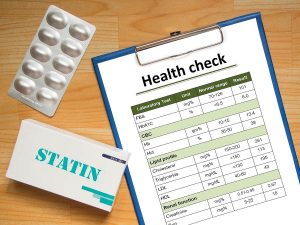
Adding a newer drug to standard hormone therapy lengthens the lives of younger women with advanced breast cancer, a new trial has found. The drug, called Kisqali (ribociclib), is already approved for treating such patients — based on earlier results showing it can delay the progression of their cancer. This is the first evidence it can also extend their lives, said senior researcher Dr. Debu Tripathy, chair of the breast medical oncology department at M.D. Anderson Cancer Center in Houston. After 3.5 years, 70% of patients given hormone therapy plus Kisqali were still alive. That compared with 46% of those given hormone therapy alone. That proof of a survival advantage hits “a pretty big milestone,” Tripathy said. And, he added, it argues for giving the drug as a “first-line or second-line” treatment to these patients. The findings were to be presented Tuesday at the American Society of Clinical Oncology annual meeting, in Chicago, and they will also be published in the New England Journal of Medicine. Kisqali is one of three newer drugs on the market called CDK4/6 inhibitors; the others are Verzenio (abemaciclib) and Ibrance (palbociclib). They work by blocking two proteins that help cancer cells grow and divide. Kisqali, taken as a tablet, was originally approved as a first-line treatment for postmenopausal women with advanced breast cancer that is hormone receptor-positive — which… read on >



























-300x200.jpg)










